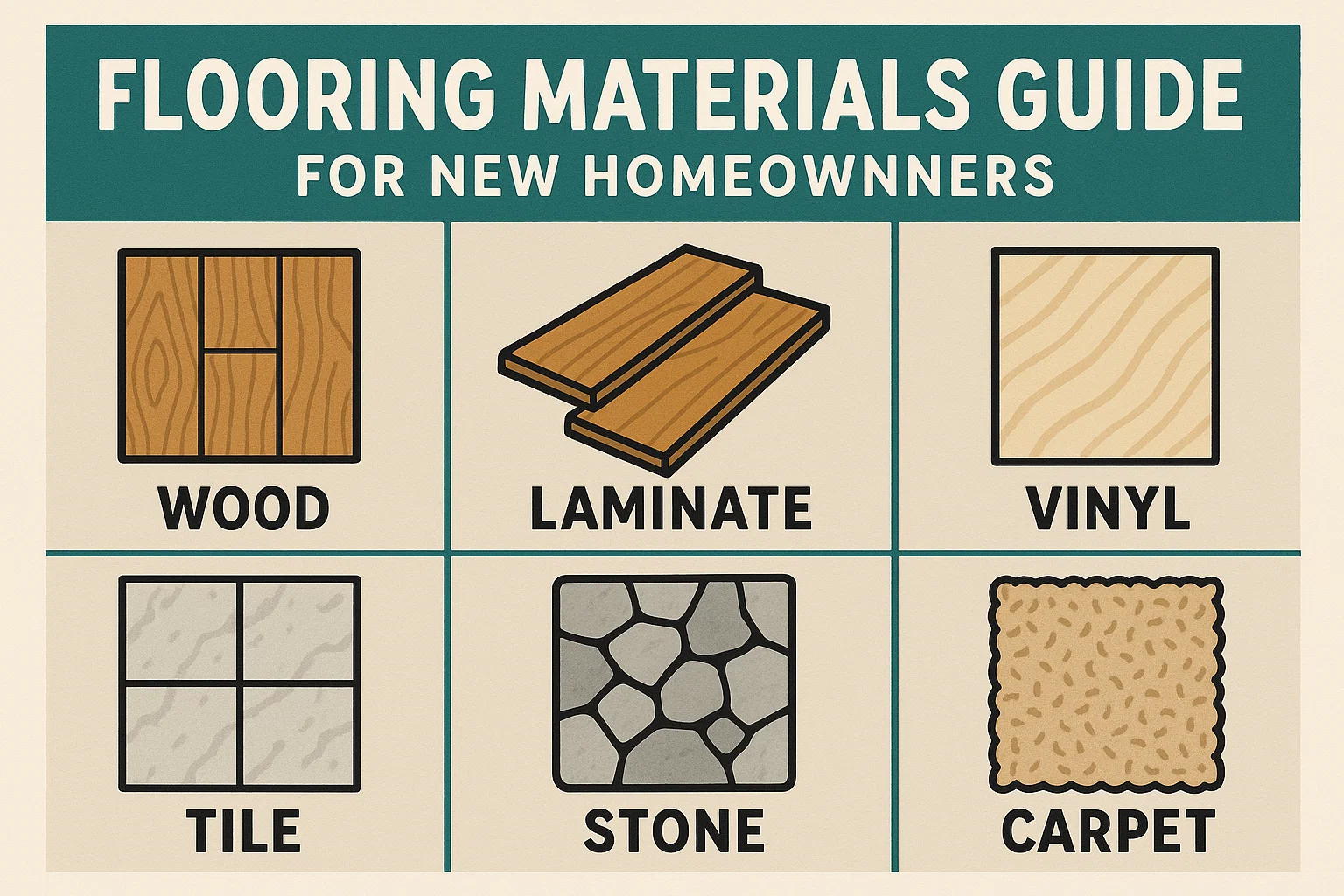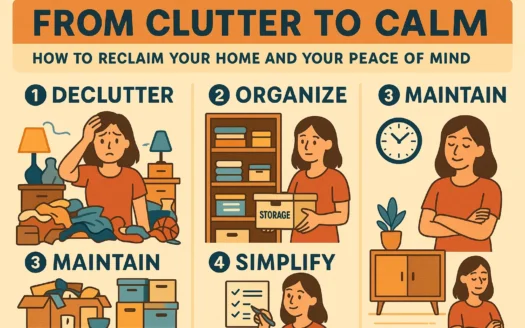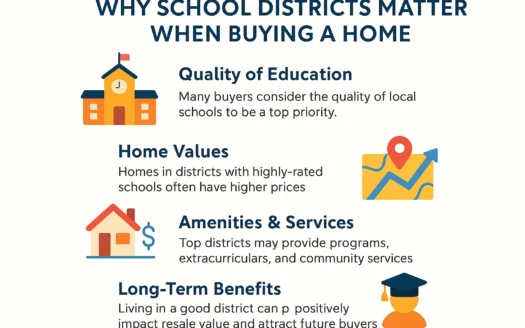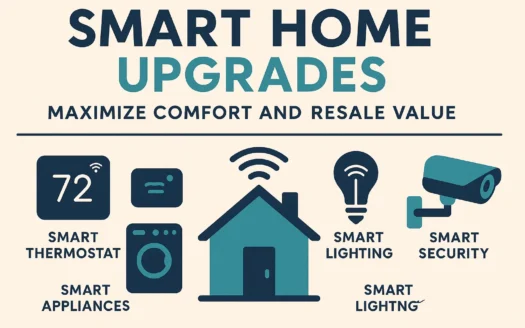Flooring Materials Guide for New Homeowners
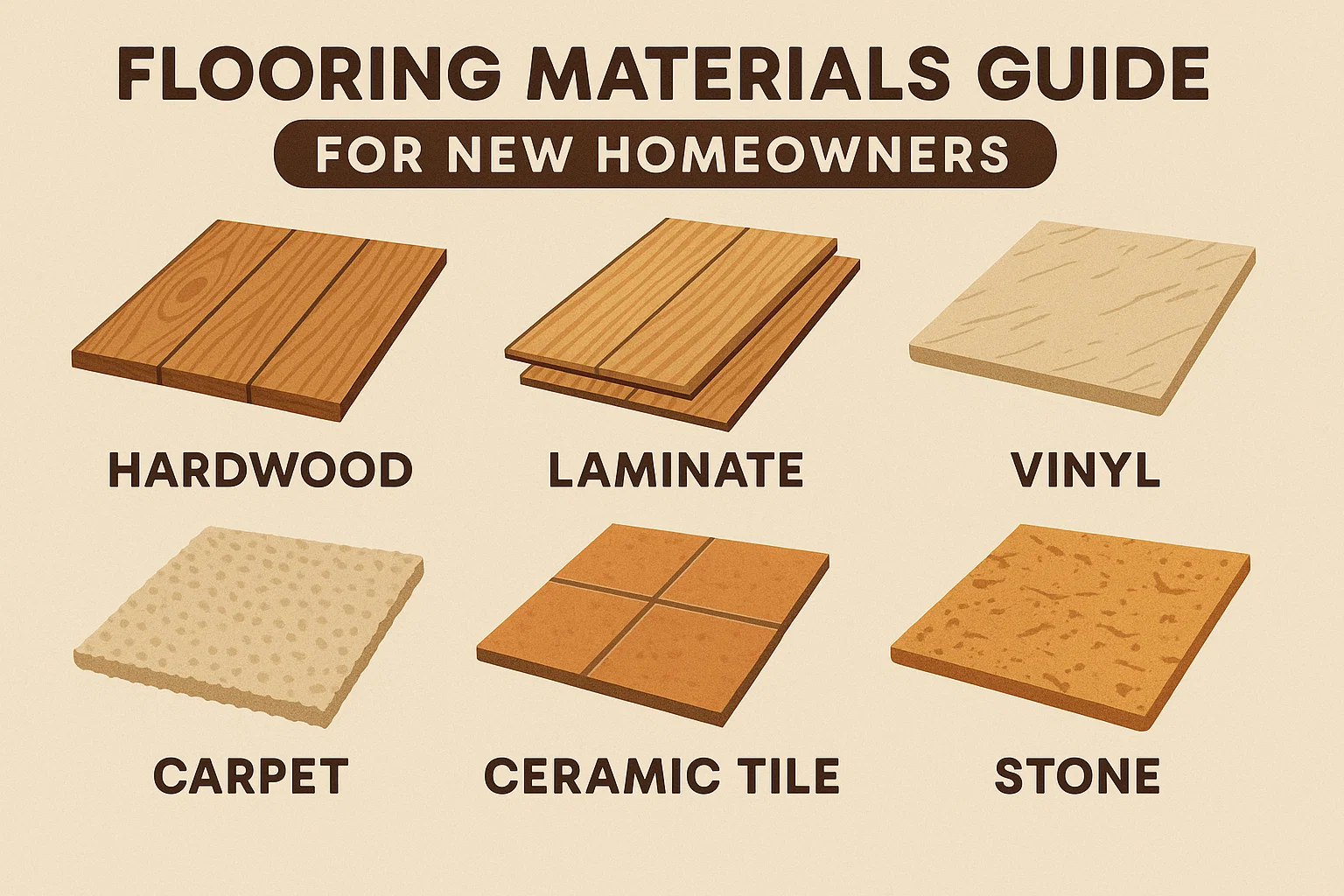
One of the Most Important Decisions for New Construction or Custom-Built Homeowners: Flooring Materials
In addition to being one of the most dominant visual design factors, flooring must also be matched to the intended use and foot traffic of each area. Below, we explore five popular flooring materials to help narrow down your choices.
Hardwood
Overview
A timeless classic, hardwood flooring offers style, durability, and strong resale value. Available in various woods, patterns, and stains, it’s more versatile than many homeowners realize.
Benefits
Hardwoods adapt to contemporary or rustic themes and are ideal for high-traffic areas. Key advantages include:
- Customizable unfinished wood options for exact color matching.
- Layout flexibility (thin strips, wide planks, parquet squares).
- Durable hardwoods like oak, maple, and cherry for longevity.
- Engineered wood: A humidity-resistant alternative for moisture-prone areas like bathrooms or basements.
Challenges
- Not suitable for high-moisture rooms.
- Higher upfront cost and maintenance for softer woods.
Laminate
Overview
Laminate flooring mimics materials like hardwood or stone using layered melamine and high-resolution imaging. It’s durable and suitable for all rooms.
Benefits
- Cost-effective with versatile design options.
- Water-resistant variants for kitchens/bathrooms.
- Easy to clean and stain-resistant.
Challenges
- Hollow sound without proper underlayment.
- Damaged sections require full replacement.
Vinyl
Overview
Affordable, durable, and low-maintenance, vinyl is a top choice for moisture-heavy or high-traffic areas. Modern designs mimic wood, tile, and stone.
Benefits
- Available in sheets, tiles, or planks for design flexibility.
- Soft, sound-absorbing surface ideal for kitchens.
- Water-resistant and easy to install over existing floors.
Challenges
- Less realistic than laminate in mimicking materials.
- Potential fading in sunlight and lower resale appeal.
Tile
Overview
Tile is expanding beyond kitchens and bathrooms due to its durability and custom design potential. Available in ceramic, porcelain, and natural stone.
Benefits
- Endless visual/texture options with customizable grout colors.
- Water-resistant and ideal for heavy foot traffic.
Challenges
- Grout lines prone to staining.
- Hard, cold surface uncomfortable for standing.
- Loud acoustics and difficult repairs.
Carpeting
Overview
Carpeting remains popular for comfort, insulation, and sound absorption. Options range from natural wool to durable synthetic fibers.
Benefits
- Hypoallergenic options (wool, polyester) for allergy sufferers.
- Variety of pile styles (cut/uncut loops) for customization.
- Easier to replace than permanent flooring.
Challenges
- Requires frequent cleaning and may harbor VOCs.
- Durability varies by fiber type and traffic.
Final Considerations
- Balance design with practicality—mix materials room-by-room.
- Use area rugs to soften hard floors and reduce noise.
- Prioritize water-resistant materials in moisture-prone areas.
- Test samples under different lighting conditions.
- Avoid compromising on quality for resale value.
